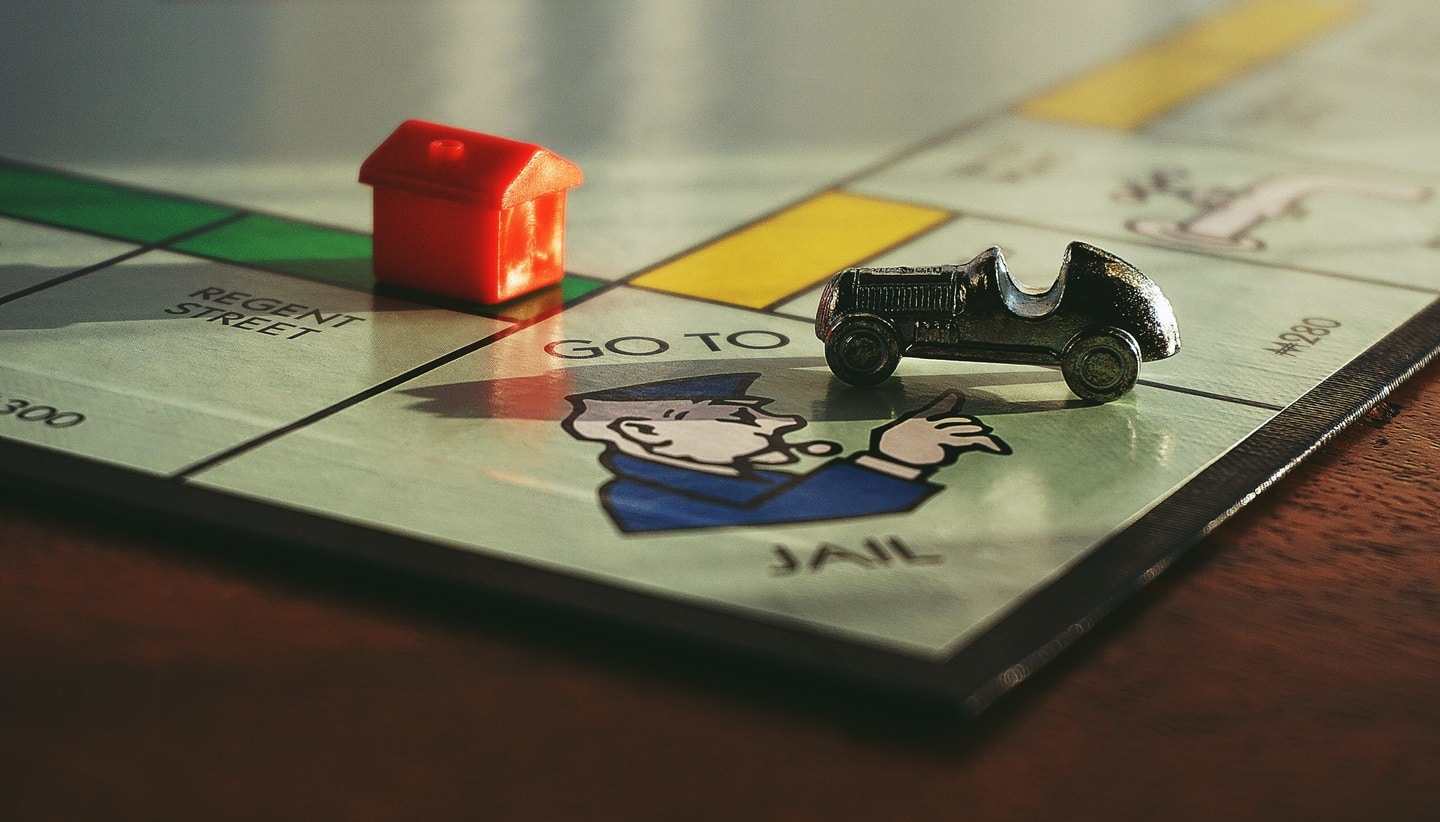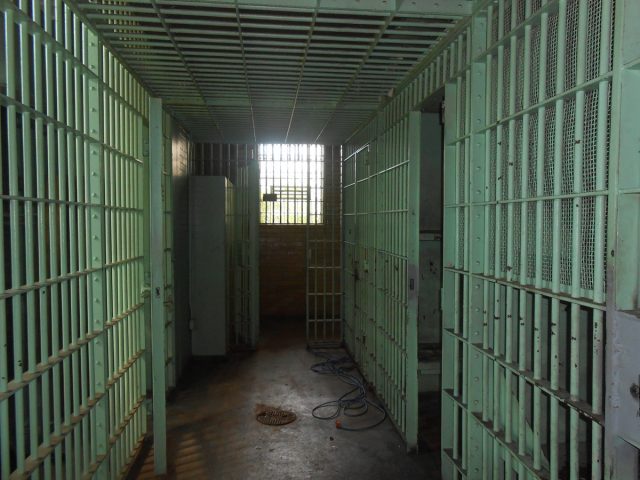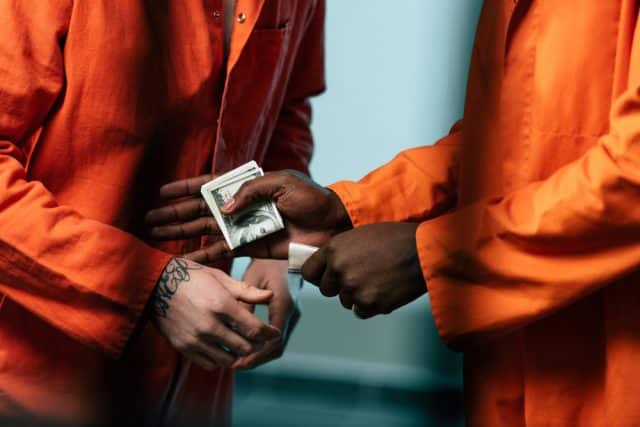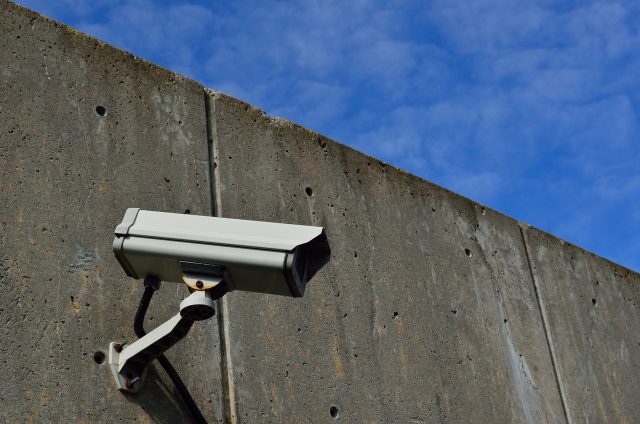

When a convict is sent to prison, he or she is stripped, disinfected and subjected to stringent inspection to ensure nothing illegal, like drugs, or contraband gets inside. His or her possessions are catalogued and boxed up. A convict only gets to keep a few books, eyeglasses and legal papers.
Visitors, too, undergo thorough screenings before seeing their loved ones. This includes car checks by staff (and even canines) and body checks (along with belongings) by a metal detector, pat downs and sometimes, sniffer dogs.
Ideally, nothing illegal is supposed to get inside the prisons – or at least, that's what the law stipulates. But surprisingly, drugs are rife in prisons globally, and illicit drug use like heroin, meth, coke, clone and NPS remains endemic. In fact, a third of prisoners in Wales and England claimed that it was easier to access drugs in prison, than it was on the outside.

Surprisingly many people in the United States say it's easier to score drugs in prison than it is on the outside.
You probably are wondering how these drugs make their way into prisons. As it turns out, people are pretty creative and often come up with smarter ways to outdo the current security measures and systems. Some smugglers use babies, coloring books, dead birds or stamps to move the drugs past the systems. Others take it a notch higher and soak undies with meth or decide to shove prescription drugs inside their private parts to pass through security. A while back, a Cincinnati woman was nabbed trying to traffic a Bible-laced with heroin into prison.
Cases of staff being enticed by cash bribes aren't uncommon. Forty-nine correction officers from 31 prisons in Georgia were accused of accepting bribes and trafficking illegal stuff into prison. One prison officer took £1000 for moving an ounce of crack cocaine and heroin. Another one got £500 for a sizeable package with drugs and phones. And the cases go on and on.
More recently, an increasing number of cases have transpired where drones delivered packages. Compared to 2013, when the use of drones to transport drugs was unheard of, there were 2 cases and 33 cases in 2014 and 2015.
Prisons try to keep abreast of the inventive and creative ways individuals develop to smuggle drugs into the jail. And while they are mostly successful, inmates still manage to get hold of drugs in one way or the other. In addition to being illegal, the misuse of drugs in prison is a severe threat to prisoners' health, the security of prison systems and the safety of prison officials and staff.

Drug culture does not stop at the prison walls. Many inventive inmates have developed a knack for sneaking contraband into US jails and prisons.
Using and/or dealing drugs is a criminal offense and may attract up to 15 years (give or take) in jail time. How these drugs find their way into prisons, designed to be secure places of law enforcement, is a big concern.
According to data collected through the 2007-2009 National Inmate Survey, 58% of state prisoners and 63% of sentenced jail inmates met the criteria of drug abuse or dependence. In comparison, only 5% of the general population 18+ years matched the criteria for drug abuse or addiction. This is in line with the data from the National Survey of Drug Use and Health (NSDUH).
Between 2012/2013 and 2017/2018, there was a 50% rise in the rate of positive random tests for drugs in prison, from 7% to 10.6%. Data indicate that prisons with the highest positive rates in the random drug tests are those that are the least stable.
The most commonly abused drugs in prisons are:
According to a post published on Independent, there were 58 deaths between 2013 and 2016 where prisoners were known, or strongly suspected, to have used legal highs before their demise. Synthetic marijuana is equally disrupting the normal prison life. Despite being prohibited in UK prisons, this drug led to 19 inmate fatalities between 2012 and 2014.
One inspector of prisons told The Guardian that the effect of these drugs on prisons and individuals is unlike anything they've seen before. Quoting what the prison staff told him, he said, "Legal highs have devastating effects in our prisons, more severe than we've seen with other drugs. They're not only destabilizing some prisons but also propelling the cases of violence, bullying and debt."

Prisons in America are hard-pressed to stop the influx of illicit drugs within their walls.
A former employee of Tomoka Correctional Institution Work Camp told The Miami Herald that their mealtimes looked like a scene straight from out of the "Walking Dead." "Everywhere you turn, inmates are walking around like zombies." Cases of inmates face planting into their food tray, or falling from the seat twitching, foaming and their muscle seizing were not so uncommon. The main culprit? Synthetic marijuana – or K2 as it's commonly referred to.
Prisons are full of people charged with drug offences. Some may have been thrown behind bars for possession of drugs or DUI and so on. And while not all inmates incarcerated for drug crimes have a drug problem, addiction is common among inmates. The Center for Prisoner Health and Human Rights revealed that about 50% of people in prisons and jails meet the criteria for substance dependence or abuse. Many inmates with drug addiction also have a mental health disorder like PTSD or depression.
But many prisons don't offer inmates who fight addiction with proper evidence-based treatment. Medication-assisted treatment (MAT) that put withdrawal symptoms in check during detoxification is not common in US prisons. In-prison addiction treatment can save lives and even reduce the risk of further abuse, relapse and drug-related fatalities.
Drug misuse in both state and federal prisons is a huge challenge facing the criminal justice system today. The abuse of drug is widespread and contributes to crime, violence and vulnerability within prisons. Unless drug misuse levels go down, prison systems won't manage to prevent reoffending, improve security and handle severe and organized crime.
But eliminating drugs in prison is not as easy as it sounds. It needs a coordinated effort to cut down the drug supply in and out of prisons, educate and empower prisoners and support those needing treatment.
Many prisons support inmates struggling with addiction. Some offer religious ministry meetings, psychotherapy sessions and 12-step programs to inmates with addiction problems. On top of these, federal prisons provide a range of programs meant to help inmates overcome substance use. This includes:
Various studies have shown that blending community- and prison-based addiction treatment for offenders lowers the risk of both relapse to drug use and recidivism to drug-related criminal behavior – which, in turn, saves on societal cost.